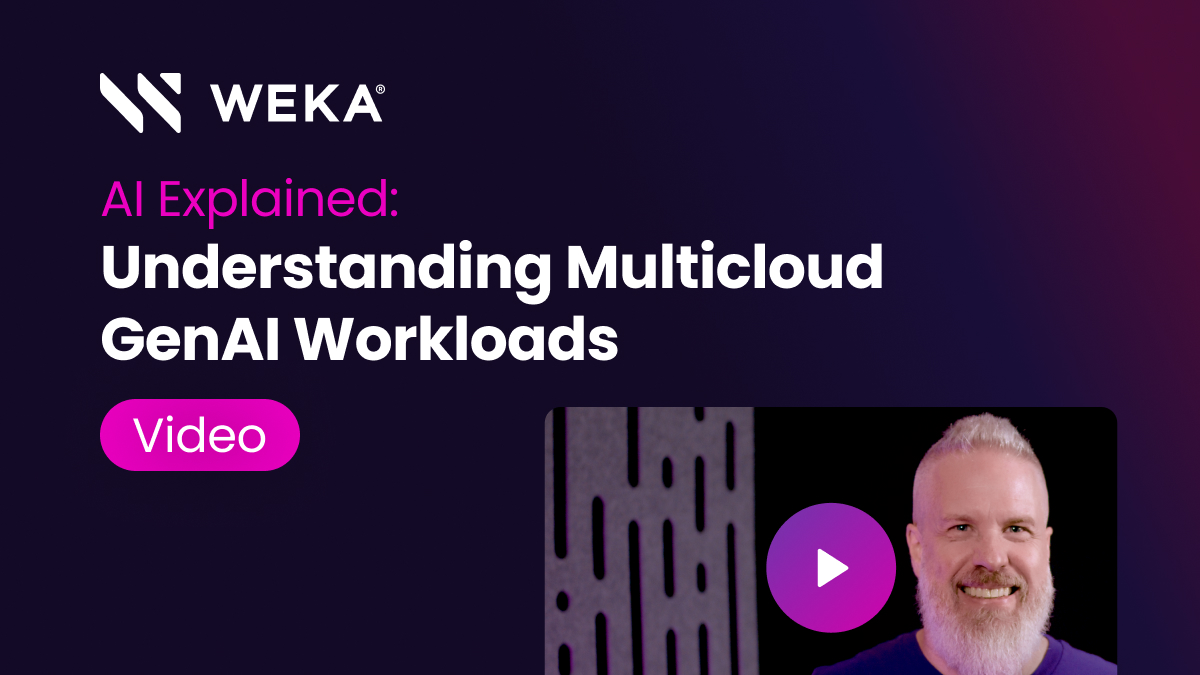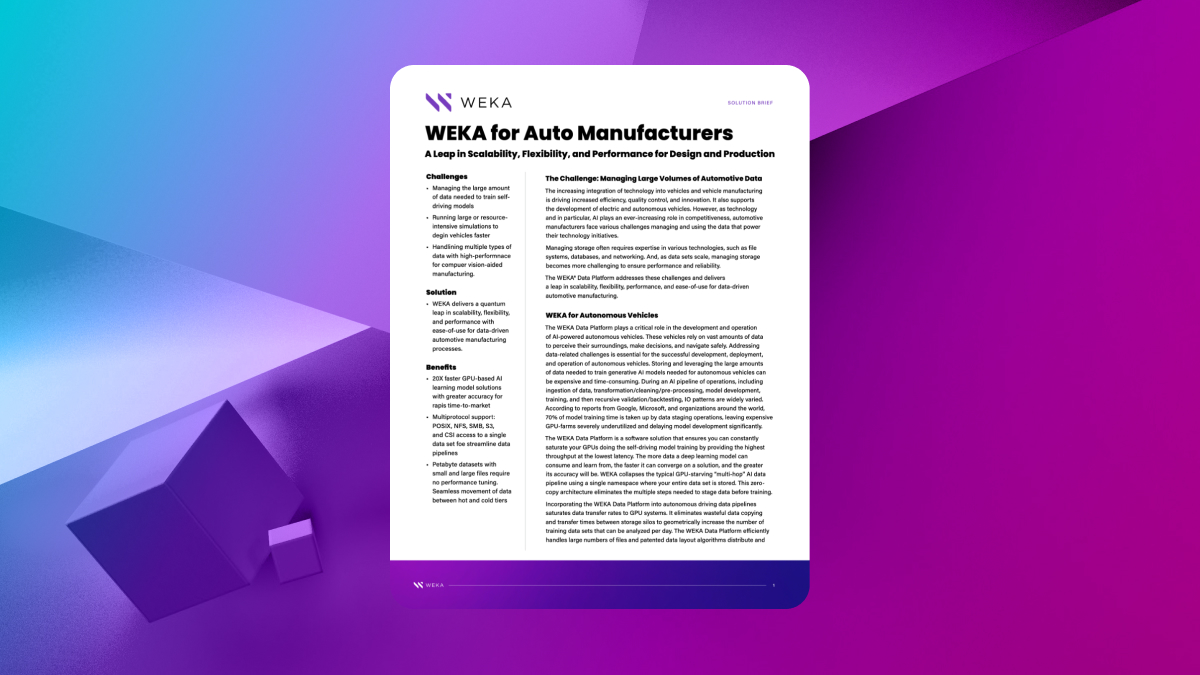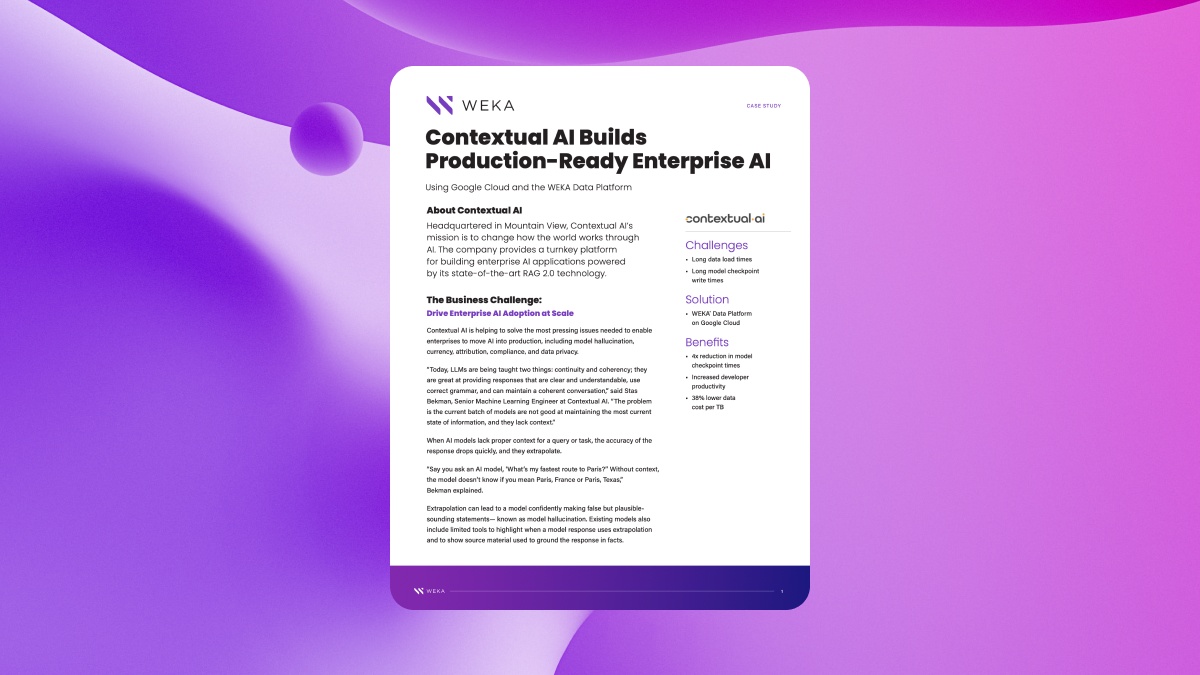What Are Big Data & Predictive Analytics? How Do They Relate?

What is big data predictive analytics? Big data refers to the large amounts of complex data collected in today’s data-intensive businesses. Predictive Analytics uses Big Data to generate insights and find meaningful patterns to forecast future events.
Are Big Data and Predictive Analytics That Different?
While it’s worthwhile to differentiate these two technologies, it’s also essential to notice how they relate.
Big data infrastructure and predictive analytics, while different technologies, are deeply connected. Over the past decade, big data as a concept and enterprise has changed how we process information and draw insights from terabytes of data. As such, big data platforms have fundamentally changed how we conduct analytics–including the complex art of predictive analytics.
We will break down big data and predictive analytics to highlight their differences and how closely they relate.
Big Data Infrastructure
Big data isn’t solely a reference to large amounts of data. Instead, it is the name we give to the technologies and techniques used to collect, process, and store massive quantities of data at the terabyte and petabyte scales.
Big data infrastructures will almost always include the following components:
- Collection: Interfaces like mobile devices, apps, web portals, eCommerce storefronts, and IoT sensors gather data from users and the environment in its rawest form–unstructured data.
- Networking: Data must quickly move between collection points, cloud processing clusters, and storage. Many big cloud infrastructures will use high-bandwidth fiber optic networking to facilitate the movement of terabytes of data.
- Compute: Most big data infrastructures’ primary purpose is to process data that power mission-critical applications. This means using high-performance hardware, including GPU-accelerated processing services and specialized hardware.
- Storage: Big data systems will almost always include massive storage capacities and tiered storage for mission-critical data, archiving, and disaster recovery.
Thus, the primary focus of a big data platform is to support the kinds of applications that need massive quantities of information to do what they do. Unsurprisingly, there are several industries where big data is changing how data scientists and business leaders make decisions.
These industries include:
- Healthcare and Medicine: Big data helps healthcare providers and large provider networks coordinate patient care across massive campuses or hospital systems. This coordination can include optimizing patient interaction and onboarding, providing new insights for doctors and processing healthcare-specific documents like x-rays and equipment readouts.
- Machine Learning and AI: AI is an application that seemed impossible even 40 years ago but has found a massive uptake as big data clouds have made machine learning workloads a reality. Hardware-accelerated clouds with terabytes of data train ML models in nearly every major industry.
- Genomic Sequencing: Genomic sequencing is a computationally intense process that requires large amounts of data and always-on HPC processing–just the case for a big data infrastructure that can support massively-scaled data processing.
- eCommerce: Major retailers and other online storefronts are leveraging big data infrastructure to gather and process customer behavior to enact predictive marketing, manage online stock, and target advertising to specific customer segments.
- Predictive Analytics: Predictive analytics doesn’t exist in its current form without big data (see below).
Predictive Analytics
Predictive analytics is a set of statistical models and operations that use different technologies like machine learning and data mining to make predictions. Like prescriptive analytics, which uses historical information to make suggestions about optimizing systems, predictive analytics represents the next step in data-driven decision-making.
The most important distinction between big data and predictive analytics is that big data is the approach and infrastructure necessary to manage and utilize massive information streams. In contrast, predictive analytics is just one form of data utilization, typically on a big data platform, to provide predictions about future behaviors in data.
Predictive analytics are having a significant impact on the following industries:
- Machine Learning: Yes, machine learning has been listed twice. One of the core capabilities of machine learning, which allows ML algorithms to drive AI, is the ability to make decisions about the future based on historical data. Thus, predictive analytics are critical to the success of AI.
- Fraud Detection: Online fraud detection and chargeback prevention rely heavily on drawing inferences from customer behavior and addressing how it leads to fraud. This can include changing sales funnels, identifying fake credit card numbers, or catching fraudsters using return and chargeback policies to get free goods.
- Risk Modeling: Financial institutions and insurance companies run extensive risk analyses to ensure that their actions minimize their financial damages or liability depending on investments, policy decisions, or specific products and services. Predictive risk analysis helps them make better decisions to reduce risk.
- Retail: Predictive analytics can revolutionize online retail marketing with services like conditional or behavioral marketing and promotions explicitly based on customer actions. Unlike traditional big data, predictive analytics can drive more insightful and automatic marketing features than a salesperson.
Additionally, predictive analytics can support more advanced stocking practices to ensure they never run out of stock without ordering too much waste.
Deploy Your Big Data and Predictive Analytics Platform on WEKA
Modern cloud and predictive analytics platforms are increasingly using advances in hybrid and multi-cloud environments to maintain performance and power some of the most complex workloads in practice today.
If you’re deploying projects in machine learning, genomic sequencing, retail, life sciences, or manufacturing, then you will want to use the WEKA® Data Platform. WEKA has the ability to meet every application performance profile eliminating the need for multiple copies of your data across high-performance and capacity tiers.
With WEKA, you get the following benefits:
- Zero Copy Architecture lets you run the entire pipeline on the same storage backend and eliminates the cost and stalls of copies
- Industry-best GPUDirect performance (113 Gbps for a single DGX-2 and 162 Gbps for a single DGX A100)
- In-flight and at-rest encryption for governance, risk, and compliance requirements
- Agile access and management for edge, core, and cloud development
- Scalability up to exabytes of storage across billions of files
Additionally, you can build your HPC cloud and predictive analytics on WEKA hardware or market-leading infrastructures like Microsoft Azure, Google Cloud, and AWS.
Call our experts today to learn more about WEKA, big data, and predictive analytics solutions.





